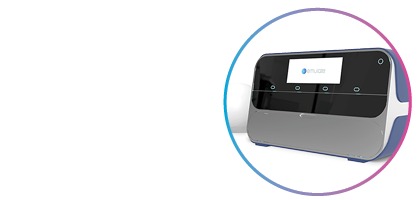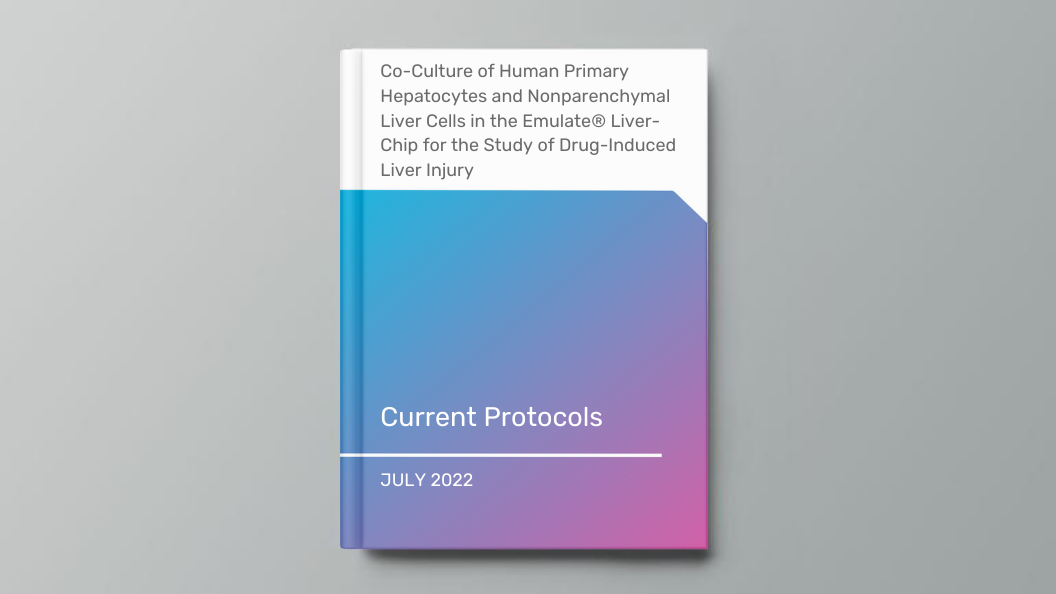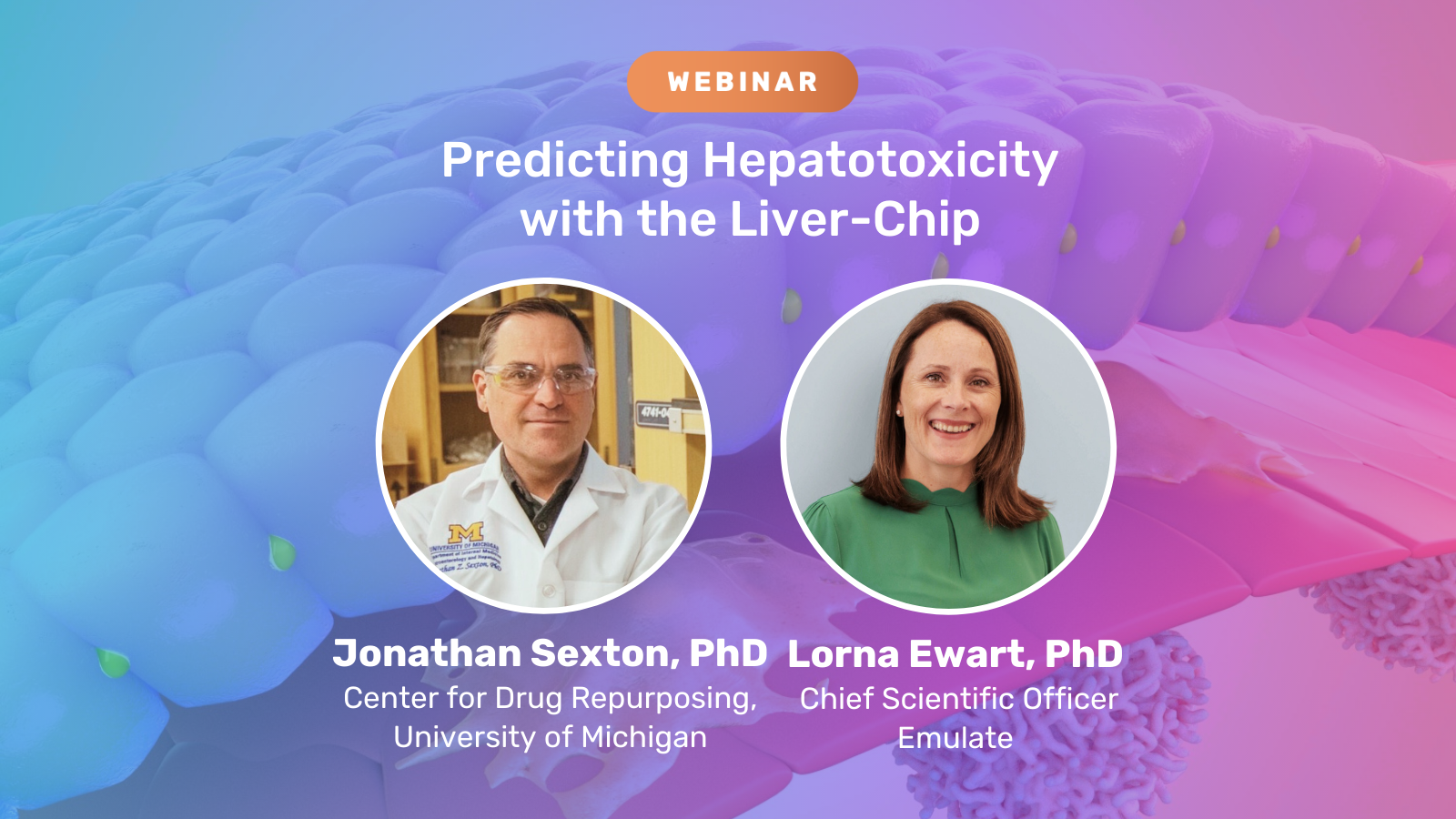Communications Medicine, part of Nature Portfolio (2022)
KEY Takeaways
- 870 Liver-Chips were used to evaluate the toxicity of 27 known hepatotoxic and non-toxic drugs.
- The Liver-Chip outperformed spheroids and animal models, with a sensitivity of 77% and specificity of 100% against the full set of 27 drugs tested on a single donor.
- Across a subset of 18 drugs tested on two donors, the Liver-Chip yielded a sensitivity of 87% and specificity of 100%.
- Economic analysis indicates routine use of the Liver-Chip could generate $3 billion per year to small-molecule drug development through an increase in R&D productivity.
Abstract
Conventional preclinical models often miss drug toxicities, meaning the harm these drugs pose to humans is only realized in clinical trials or when they make it to market. This has caused the pharmaceutical industry to waste considerable time and resources developing drugs destined to fail. Organ-on-a-Chip technology has the potential improve success in drug development pipelines, as it can recapitulate organ-level pathophysiology and clinical responses; however, systematic and quantitative evaluations of Organ-Chips’ predictive value have not yet been reported.










